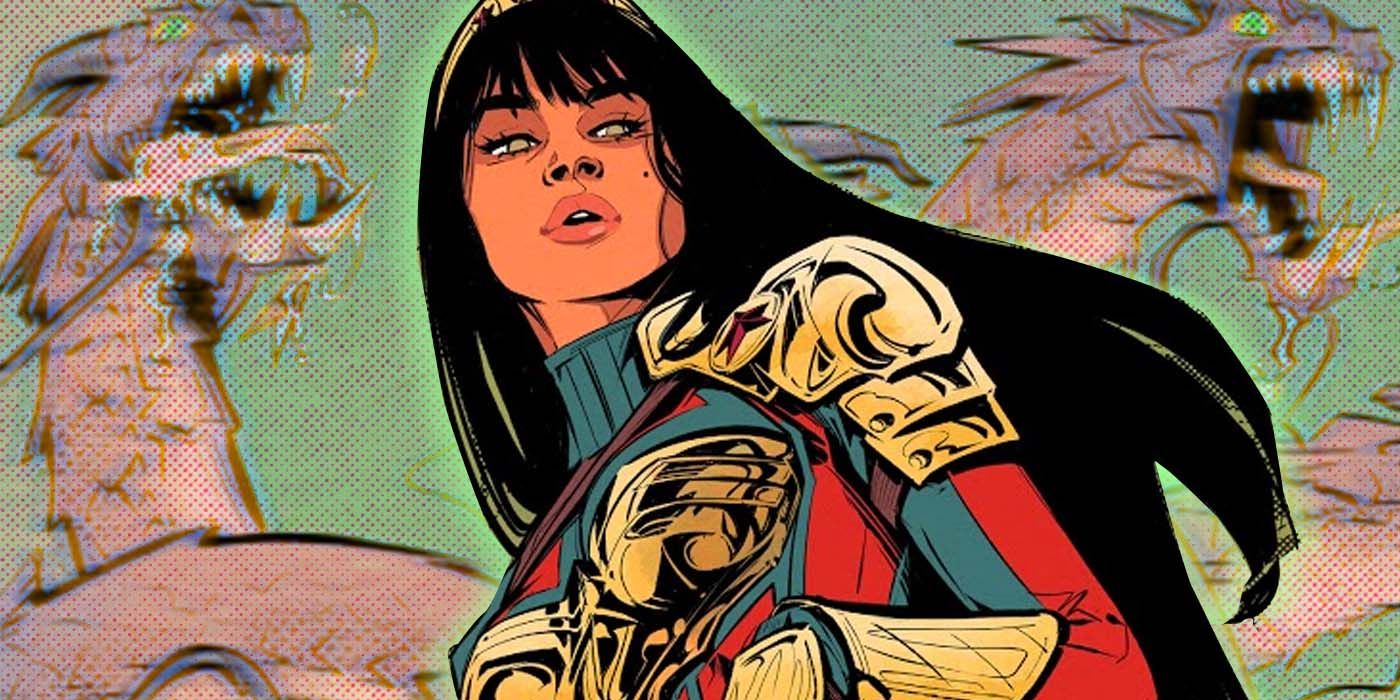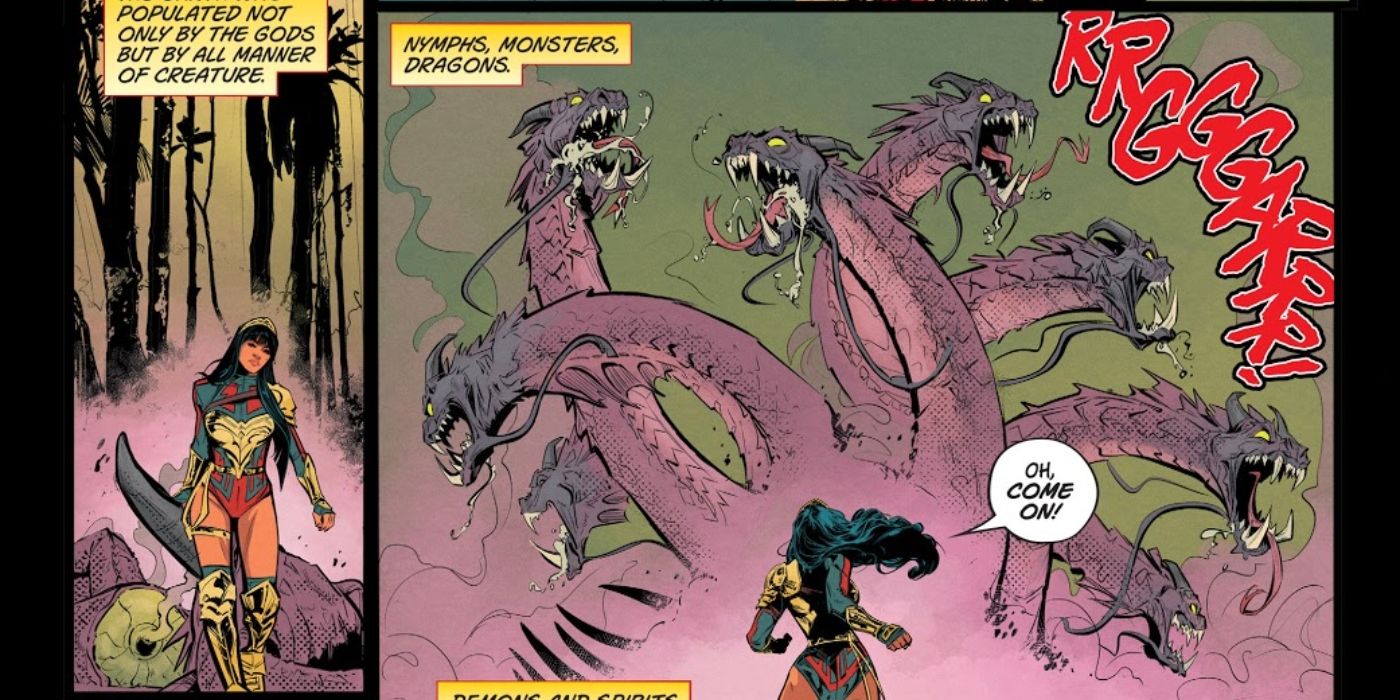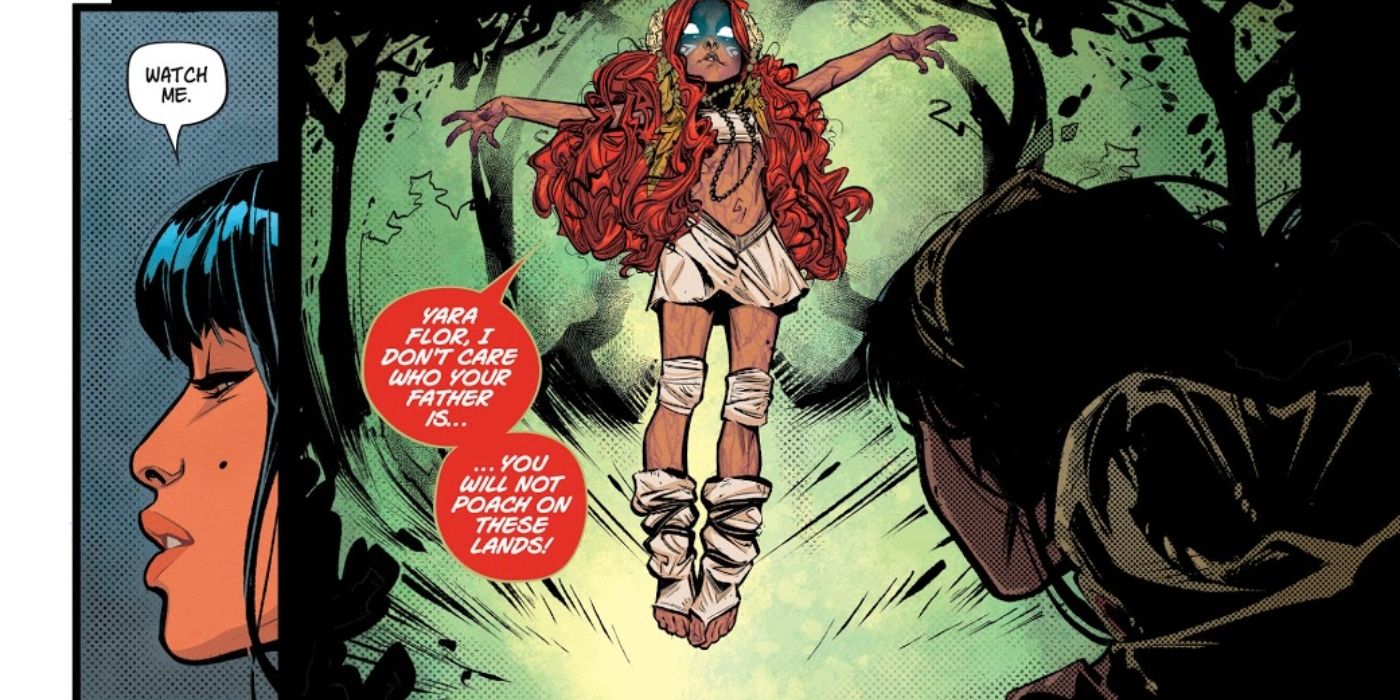WARNING: The following article contains spoilers for Future State: Wonder Woman #1 by Joelle Jones, Jordie Bellaire, and Clayton Cowles, on sale now.
Yara Flor has entered the scene of the DC's Future State with a bang. But her introduction as the new Wonder Woman also helped to reinforce just how different a heroine Yara is from Diana, not just in regards to their personalities, but also the mythologies that make up their origin stories. Based on what has been revealed so far, Yara is half-Amazon, her mother coming from Themyscira. Much like Diana though, Yara's father is a deity, but not one from the Greek Pantheon. Instead, her father hails from South American mythology, specifically Tupi-Guarani mythology.
For the most part, Yara's enemies and struggles originate from her Greek half. But having an Amazon for a mother means that Yara is well-prepared and even eager for a good fight. In fact, the new Wonder Woman is introduced fighting a classic monster from Greek mythology, the Hydra.
Shortly after defeating the hydra, an element of Yara's other mythology entered the picture. Caipora, a small humanoid creature riding a peccary arrived and warned Yara against stealing the hydra's teeth. Their interactions make it clear that Yara has a past with Caipora, with the two having an especially chaotic friendship. Caipora's presence also introduces Tupi-Guarani mythology into the DC Universe.
Caipora are considered forest protectors and are sometimes depicted as riding a peccary, depending on the region of South America. And perhaps most importantly, they are ardent defenders of "fair-play" when hunting. So much so that during some specific days, hunting is forbidden. This makes Caipora warning Yara against poaching off of the hydra completely in line with what she represents within the mythology.
What happens next is a little less certain. Yara needed to get to the Underworld to confront Hades about an Amazon he had taken captive. Since Yara was dissuaded from using the hydra tooth to get in, she asked Caipora for her help. Caipora led Yara to the Underworld, but this raises the question as to how she was able to do this. Caipora are traditionally nature spirits, with no connection to the afterlife.
Further complicating the matter is the fact that Caipora seemed very familiar with the Greek Underworld, claiming that it appears differently to each person inhabiting it. As she put it, "Reality is in the eye of the beholder." So perhaps she was seeing her own version of the afterlife. Regardless, she did have fun interactions with the demons standing guard, even being a gold member of their rewards system.
The issue came to a close on the pier of Charon's ferry, a classic part of Greek Mythology and the key to Yara's confrontation with Hades. Here, more of the Caipora mythology is demonstrated. The fairy-like creatures are considered mischievous and fun-loving, something Yara's little friend has in abundance, as she agreed to help Yara get to the Underworld, but not to pay her way. She ended up helping Yara get some money in the end though, by having her peccary bite a waiting soul, very much in line with the traditional interpretation of the creature.



